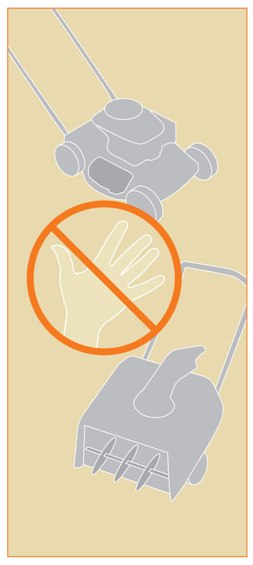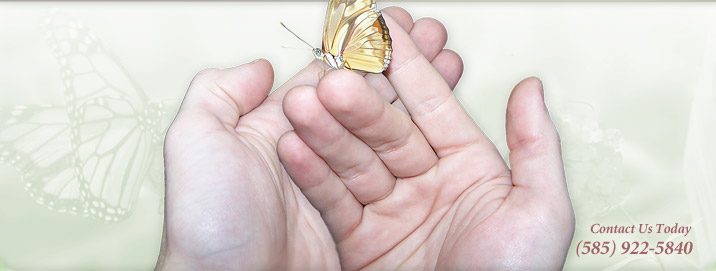Snowblower and lawnmower injuries are seasonal injuries that can cause severe damage to the hands. They generally occur when a patient tries to remove an object in the way of the machine or an object that is stuck in the machine. Snowblowers and lawnmowers can cut and crush multiple fingers with injury to the bones, joints, tendons, nerves, arteries, veins, and skin. Tendons attach muscles to bones and help move the fingers. Nerves are necessary for the feeling and movement of the fingers. Arteries and veins move the blood to and from the fingers. Injuries from these machines can result in amputations of fingers and the hand.
Never put your hand or fingers near the moving parts or intake or output areas of snowblowers or lawnmowers. If there is an object in the way of any part of the machine, the machine should be turned off and spark plug disconnected, or power cord unplugged for electric models, before attempting to remove the object. Objects should then be removed with a tool and not the hand or fingers. Snowblowers and lawnmowers should also be turned off, spark plug disconnected, and unplugged when they are being moved or picked up.
Occasionally patients slip and a hand or foot gets caught under the lawnmower or snowblower. Proper hand and footwear should be used; non-slip, non-open toe shoes should be worn. Protective gloves can give some protection, but the force from the machine can still cause extensive damage despite the gloves.
These injuries are extremely severe and often lead to multiple finger amputations. Infections are common; antibiotic medicines are usually necessary. Frequently, multiple surgeries are needed to adequately clean wounds. As stated above, multiple soft tissues and bone may be injured. Surgery is usually required to repair or reconstruct multiple structures. Unfortunately, most patients with these severe injuries never recover full, normal use of the hand. Oftentimes, fingers have been partially or completely amputated, and remaining parts may not have full motion or feeling. Multiple surgeries and many months of hand, occupational, and physical therapy are usually necessary to maximize movement and function.
There is much research underway to improve repairs and reconstructions of mangling hand injuries. Medicines that are placed during an operation may improve nerve healing. Newer suture methods and materials may help improve movement of fingers after surgery. Advances in microsurgical techniques have improved the results of replanted fingers and hands, but if the fingers are too severely crushed and damaged, they may be beyond repair. Prevention of injury by careful operation of these machines is clearly the best approach!

Figure 1: After the machine is turned off and unplugged, any obstruction should be removed with a tool and not the hand or fingers.
© 2006 American Society for Surgery of the Hand





